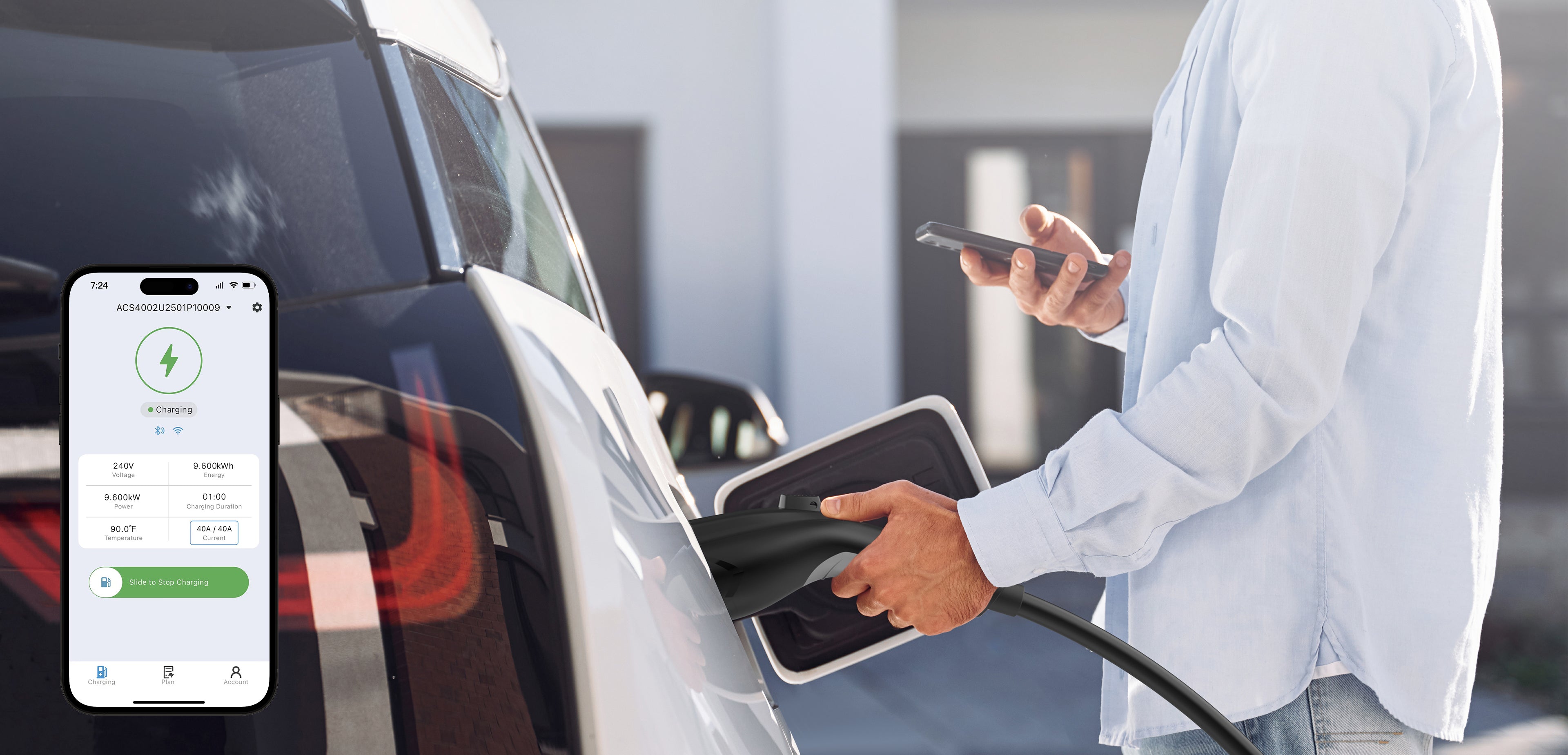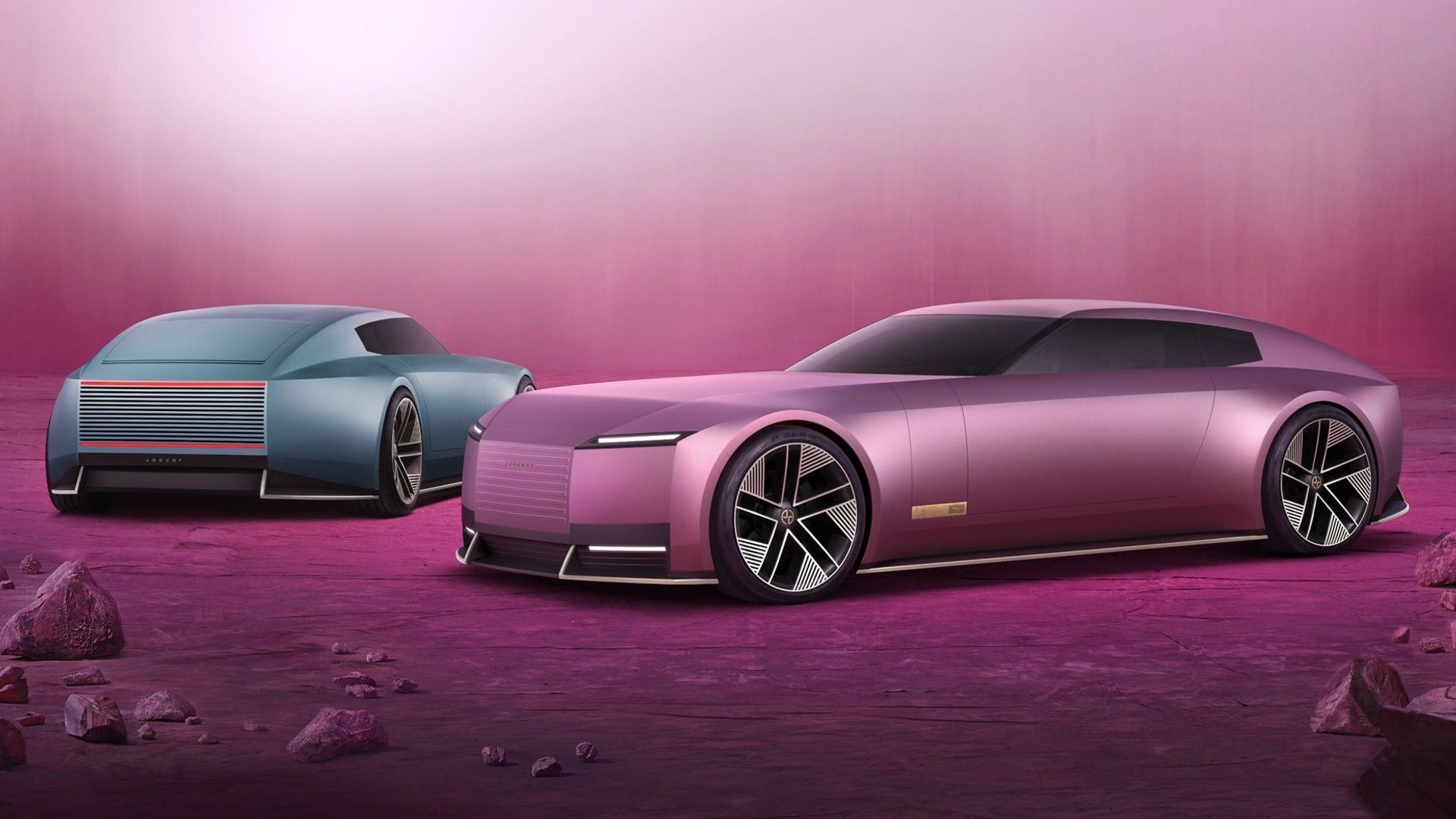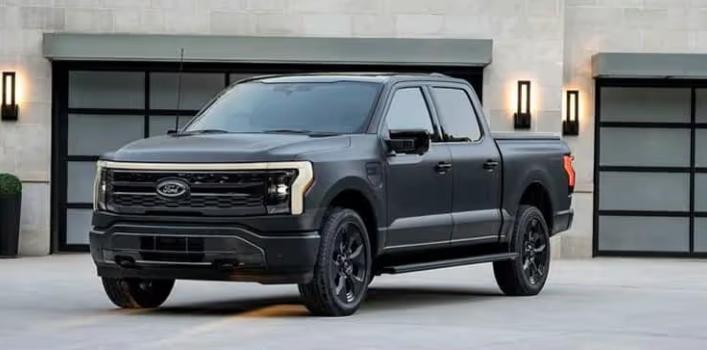Alors que les véhicules électriques (VE) continuent leur adoption rapide, de nouvelles préoccupations émergent quant à la manière et au moment où les conducteurs les branchent. Une étude récente publiée dans Applied Energy par des chercheurs de l'Université de Stanford appelle à un changement radical dans le comportement de recharge des VE, en particulier à la maison, pendant la nuit.
Les chercheurs affirment que même si la recharge à domicile pendant la nuit est pratique , elle représente une menace importante pour le réseau électrique , en particulier dans des régions comme l'ouest des États-Unis. Si les habitudes de recharge actuelles persistent, la demande d'électricité pendant les heures de pointe du soir pourrait augmenter jusqu'à 25 % d'ici 2035. Cette augmentation soudaine mettrait à rude épreuve les infrastructures du réseau et compromettrait potentiellement les progrès en matière de climat .
La croissance des véhicules électriques exerce une nouvelle pression sur le réseau électrique
Les véhicules électriques sont essentiels à la réduction des émissions liées aux transports. Leur popularité croissante constitue un atout climatique indéniable, mais elle s'accompagne de défis cachés. La recharge est l'un des plus importants.
Selon l'étude, d'ici 2040, jusqu'à 300 millions de bornes de recharge pour véhicules électriques seront nécessaires dans le monde. Le lieu et les modalités d'utilisation de ces chargeurs influenceront directement la durabilité des véhicules électriques à long terme.
L'installation de bornes de recharge publiques dans les zones à forte demande, comme les centres commerciaux, les aires de repos et les autoroutes, fait l'objet d'une attention particulière. Mais les infrastructures ne sont pas la seule préoccupation. Le calendrier et la répartition des recharges, notamment aux heures de pointe du soir , pourraient déstabiliser des réseaux électriques déjà sous tension.
Le problème de la recharge de nuit
La plupart des propriétaires de véhicules électriques se branchent à domicile, généralement après le travail , en début de soirée. Si cette pratique est pratique, elle entre en conflit avec les périodes de pointe de consommation d'électricité , où la demande en éclairage, chauffage et appareils électroménagers est déjà élevée.
« Nous devons abandonner notre modèle actuel de recharge nocturne à domicile », écrivent les chercheurs de Stanford. Si rien n'est fait, ce comportement pourrait entraîner une dépendance accrue aux combustibles fossiles , notamment au gaz naturel, pour répondre aux pics de consommation d'électricité. Cela compromettrait directement les économies de carbone promises par les véhicules électriques.
Dans leur modèle des tendances énergétiques de l'ouest des États-Unis jusqu'en 2035, les chercheurs ont simulé des milliers de profils de recharge sur les lieux de travail et à domicile. Les résultats montrent un besoin évident de diversifier les horaires de recharge et de les décaler des heures de pointe du soir .
Des stratégies de recharge plus intelligentes sont nécessaires
Pour éviter la surcharge du réseau et préserver les avantages environnementaux des véhicules électriques, les experts appellent à des stratégies de recharge plus flexibles et plus intelligentes . Celles-ci peuvent inclure :
-
Tarification de l'électricité en fonction de l'heure d'utilisation (TOU) , où la recharge coûte moins cher pendant les heures creuses (par exemple, à midi ou pendant la nuit après minuit)
-
Incitations à la recharge en journée sur les lieux de travail ou dans les lieux publics
-
Gestion dynamique de la charge , où les services publics peuvent ajuster les tarifs de charge en fonction des conditions du réseau en temps réel
-
La technologie Vehicle-to-Grid (V2G) , qui permet aux véhicules électriques de restituer de l'énergie au réseau pendant les heures de pointe
Ces solutions nécessiteront une collaboration entre les services publics, les décideurs politiques et les fabricants de véhicules électriques pour mettre en œuvre des infrastructures et des systèmes de recharge qui encouragent le changement de comportement.
Ce que les conducteurs de véhicules électriques peuvent faire aujourd'hui
Alors que des solutions à long terme pour le réseau électrique sont en cours d'élaboration, les propriétaires de véhicules électriques peuvent prendre des mesures immédiates pour réduire la pression sur le réseau électrique :
-
Retardez la recharge à domicile après 22 h ou profitez des fonctionnalités de recharge programmées
-
Envisagez de recharger votre véhicule au travail ou dans des stations publiques dotées d'une infrastructure alimentée par l'énergie solaire.
-
Surveillez les plans tarifaires d'électricité et inscrivez-vous aux programmes de tarification horaire
-
Installez des chargeurs intelligents qui vous permettent de programmer la charge en fonction de la faible demande du réseau
L'essentiel
Le passage aux véhicules électriques est une étape cruciale dans la lutte contre le changement climatique. Mais la manière et le moment de recharger sont tout aussi importants que le nombre de véhicules électriques en circulation .
Les dernières avancées scientifiques suggèrent que nos habitudes de recharge habituelles, notamment à la maison le soir, pourraient se retourner contre nous si nous ne nous adaptons pas. Grâce à des stratégies plus intelligentes et une approche proactive, l'adoption des véhicules électriques peut rester une solution climatique au lieu de créer un nouveau défi énergétique.








Partager:
Guide de recharge des véhicules électriques Ford : Mustang Mach-E et F-150 Lightning
Comprendre l'ICCU dans les véhicules électriques : ce que c'est et pourquoi c'est important